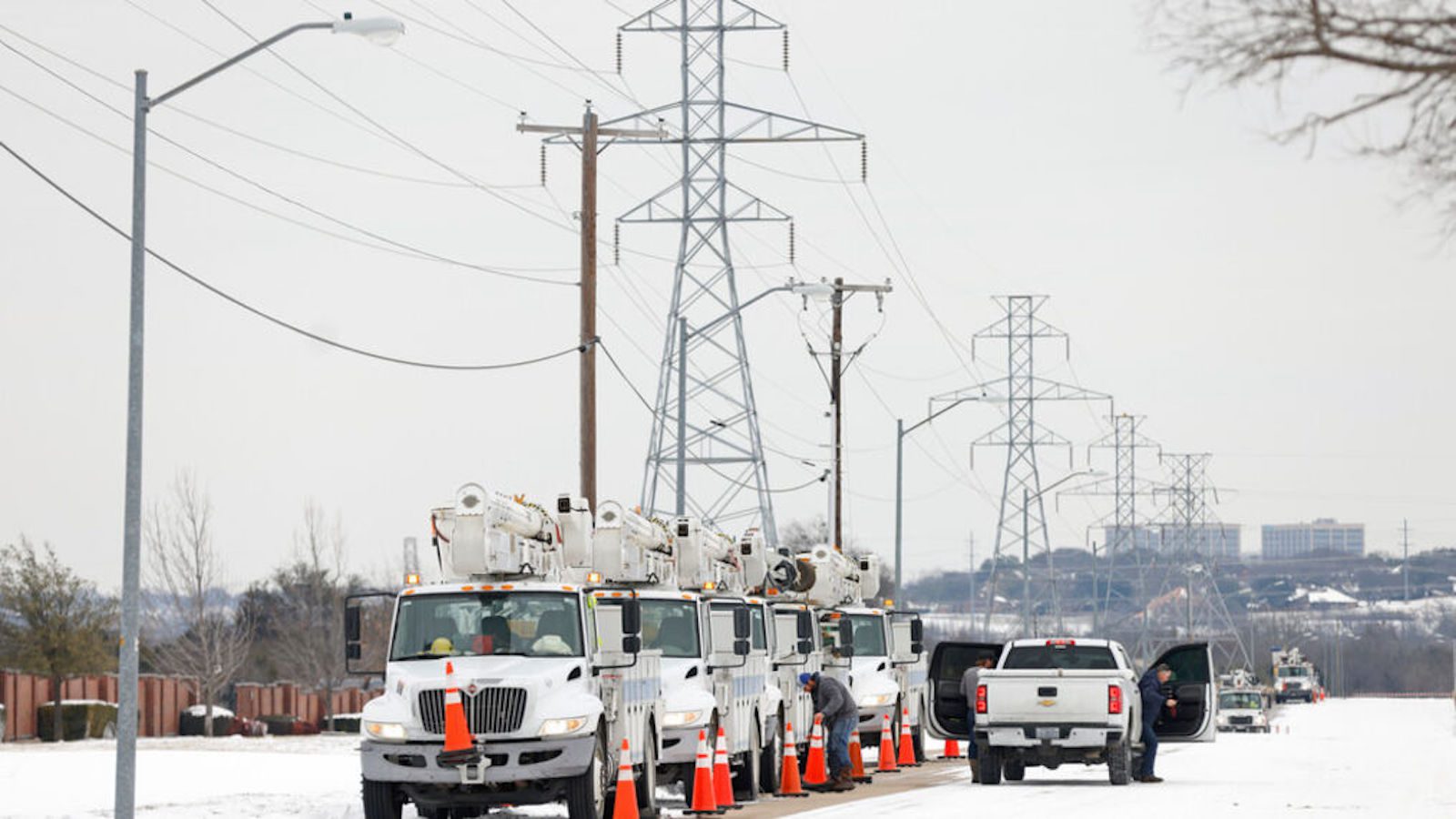The Electricity Reliability Council of Texas (ERCOT), which handles 90% of the state power demand, released on Tuesday their seasonal grid readiness report. The report, named the Seasonal Assessment of Resource Adequacy (SARA), reviews all aspects of the Texas grid and highlights potential weaknesses ahead of the winter season. ERCOT’s accountability has been especially important in recent years following a devastating freeze in 2021, which left 246 dead when blackouts occurred across the state.
The SARA report allows for more accurate predictions ahead of weather systems due to focusing solely on one season instead of many years in the future. According to the report, the Texas power grid will have sufficient capacity for “typical winter grid conditions,” as well as accounting for larger power users such as crypto mining facilities.
Currently, the projected demand from December to February is 67,398 megawatts. This number, ERCOT says, is an average of the last 15 years of winter peak-capacity numbers and also factors in unusual events such as the 2021 freeze. As of now, ERCOT estimates that 87,300 megawatts of “winter-rated” electricity will be available for the season. Only two thermal generation plants will be out of service, one gas-fired and the other coal-fired, totaling a loss of 685 megawatts.
To ensure that Texas has enough power, ERCOT has made many grid improvements, which were ordered by the 87th Texas Legislature’s energy security bills following last year’s freeze. Within the new regulations were complete overhauls of ERCOT’s governance structure, as well as increasing fines for energy providers who did not weatherize equipment on time. Increased monitoring of natural gas pipelines and adding new generators were also on the list of priorities for ERCOT.
“We are in a position where the elements that are within our control related to the reliability and the operation of the grid are as strong as they’ve ever been going into this winter season,” said ERCOT President and CEO Pablo Vegas. Vegas took over leadership duties for the state’s power grid manager in October.
However, with the most extreme winter weather predicted in the report, ERCOT says residents may have to face rolling blackouts once again if power reserves dip too low. “It is critically important to address the fact that … under the most extreme conditions, there could be not enough power,” Vegas added.







Garbage. Typical governmental agency incompetence. We need a complete accounting from top to bottom of this agencies finances as well as how much money has been spent on unreliable solar and wind power. What are the plans for new power plants— either natural gas, nuclear or, Heaven forbid, coal? Those are what’s needed, not platitudes.
Funny that there are never any consequences for poor performance of ANY governmental agency.
The biggest thing that ERCOT can do is to ensure that ZERO electricity is sold to surrounding states during an emergency. The other states are so proud to be on the national grid, let them get the extra they need from their national partners. Texas needs to have a way to store excess power until it is needed.
Oh yes the Electricity UN-Reliability Council of Texas (EURCOT)
I highly recommend ready the investigative article in Texas Monthly titled “How long until the next blackout?” It is very revealing what you will found out.
As long as 35% of our mainline power is provided by wind and solar, we aren’t ready Plain and simple. shut down the “renewables” and use only gas, coal and nuclear as our mainline power. Wind and solar can be backup power.